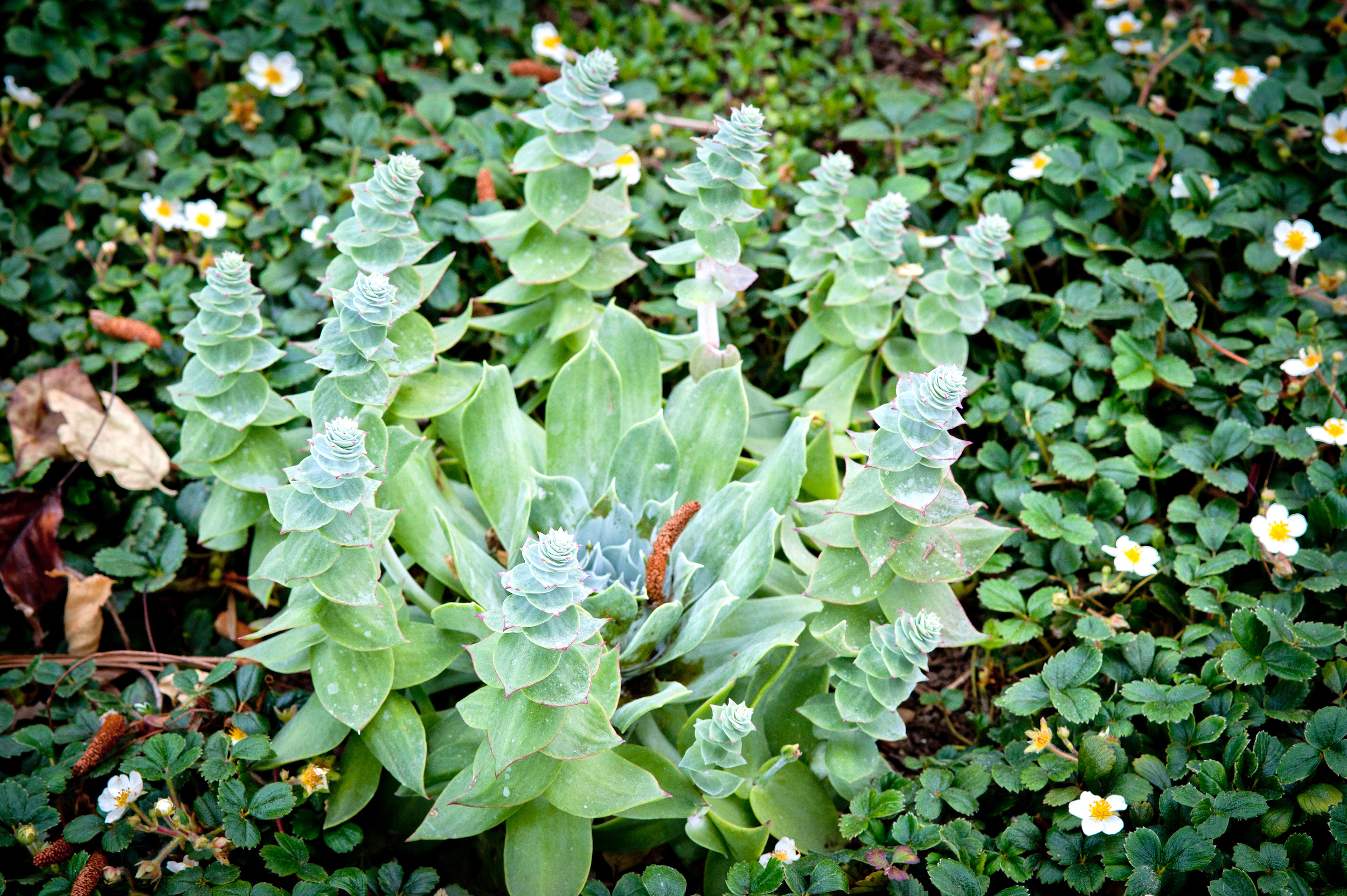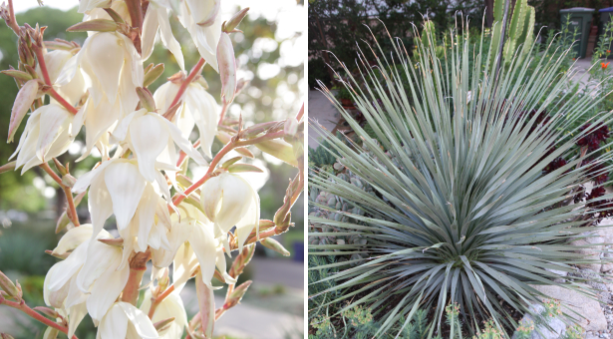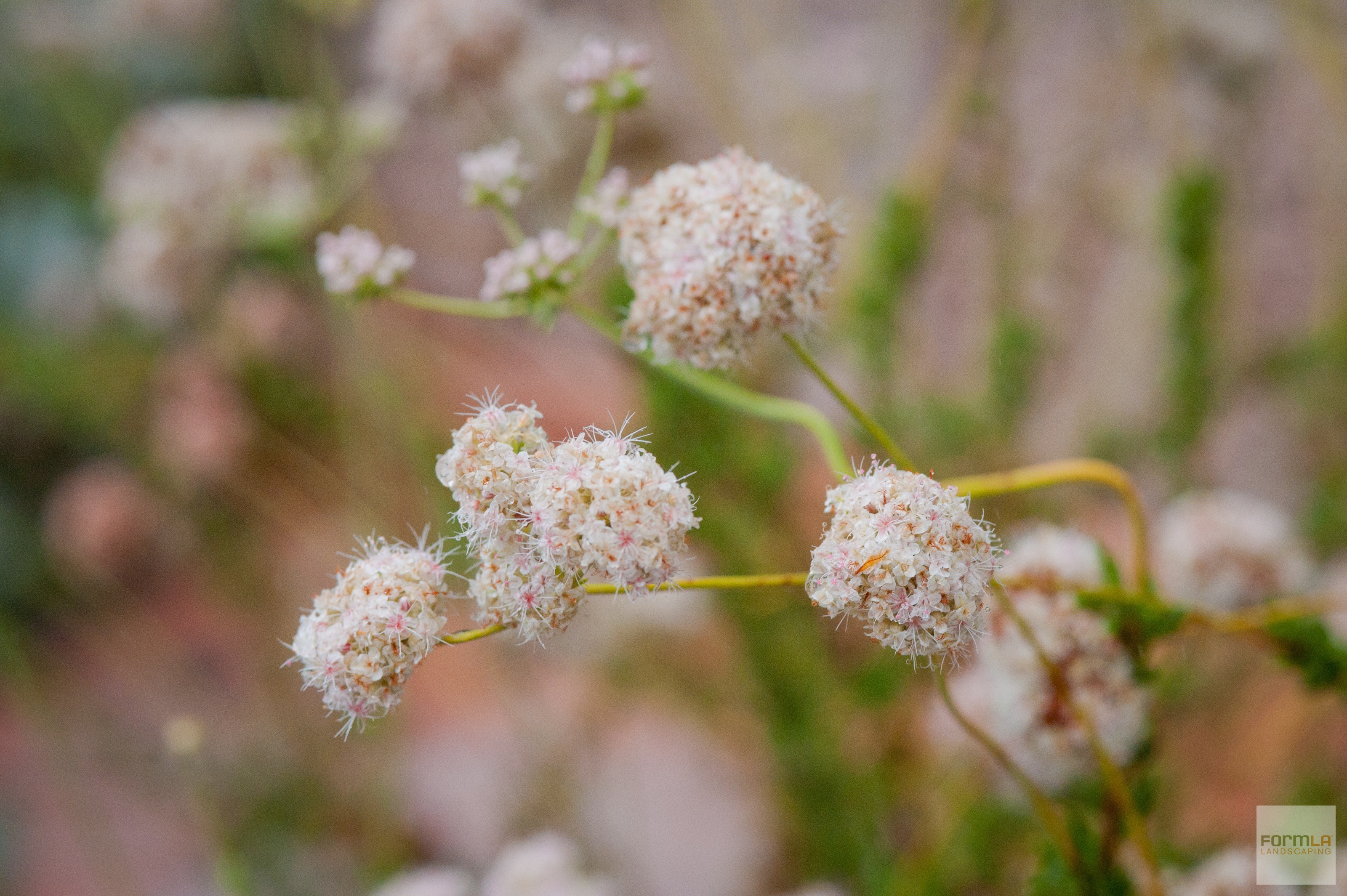High Rain Years Can Be Intolerable to Those that Tolerate Drought
December 2023. By Oscar Ortega: Drought-thriving LA native foliage simply shifts gears to make the most of our high rain years. In contrast, non native foliage marketed as drought tolerant often needs special care.
Why the extra labor? Some foliage marketed as drought tolerant comes from hotter, drier regions and will rot, attract pests or fail if they receive too much water. Others evolved in regions where they adapted to warm rain and cool dry seasons – the inverse of what can generally be expected in LA. These plants will also struggle. In some cases their placement also poses unnecessary danger. For example, agave engorged with rainfall can destabilize slopes.

We manage disconnects between foliage and climate in a few ways. Where non-natives are beloved but struggling, we will:
- Relocate. Where possible, we may relocate beloved foliage to an area of the garden where its weaknesses pose no threat, and, ideally, where it can shine. For example, we may move an agave from a slope into a stable area of the garden.
- Cover. For succulents that strongly prefer warmer temperatures, we may cover them when we expect rain and encourage drying leaves to avoid burning as the sun emerges.
- Pot and protect. Contained plants can more easily be protected from high rainfall and cold. In areas of town that experience frost, we often recommend this strategy.
Of course, our favorite strategy involves evolving a garden to a low-water, low-maintenance, high performance native palette. This can often be done while keeping a loved aesthetic. For example, here are some aesthetic-focused plant exchanges that would transform a drought tolerant garden into a thriving native habitat:

Rock Purslane | Seaside Daisy and Blue Flax
Seaside Daisy’s purslane-like, evergreen foliage makes a great substitute, and it sports dollar-sized periwinkle and yellow blooms much of the year – including December. If it’s Rock Purslane’s dancing blooms that enchant you, pairing Seaside Daisy will Blue Flax will deliver both along with an abundance of butterflies and bees.

Echeveria | Giant Chalk and Coast Dudleya
Our native Dudleya have such an extraordinary appeal, they are poached from our wildspaces. We don’t advocate that! We do advocate planting them in our gardens. They need even less maintenance than Echeveria, and their common name “Live Forever” speaks to their sustainability. They blooms are aesthetically similar to Echeveria, yet they call to native pollinators in a way a non-native will not.

Agave | Yucca Whipplei and Dwarf Coyote Bush
Yucca Whipplei, commonly known as Our Lord’s Candle, roots deep, stabilizing slopes and needing little water or maintenance. Like agave, it is a useful barrier when placed where you would rather not have traffic. On slopes, we like to pair it with equally deep rooting Dwarf Coyote Bush, as the contrast of silver and true green foliage delights. While Whipplei doesn’t produce tequila, its blooms are edible and delicious!

Ice Plant | Catalina Island Live Forever and California Buckwheat
Like agave, non-native Ice Plant can destabilize slopes and has destabilized habitats at the beach. We aim to solve both problems by mixing the aesthetically similar Catalina Island Live Forever (a Dudleya) with California Buckwheat. The buckwheat supports the El Segundo Blue Butterfly – if you plant it, they will come!
